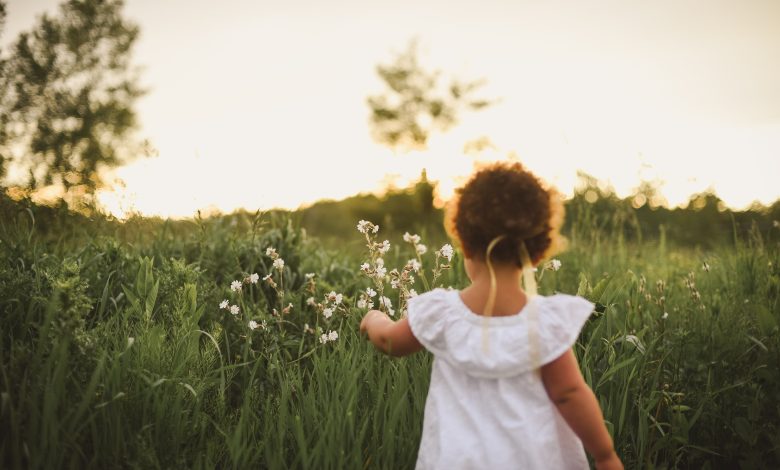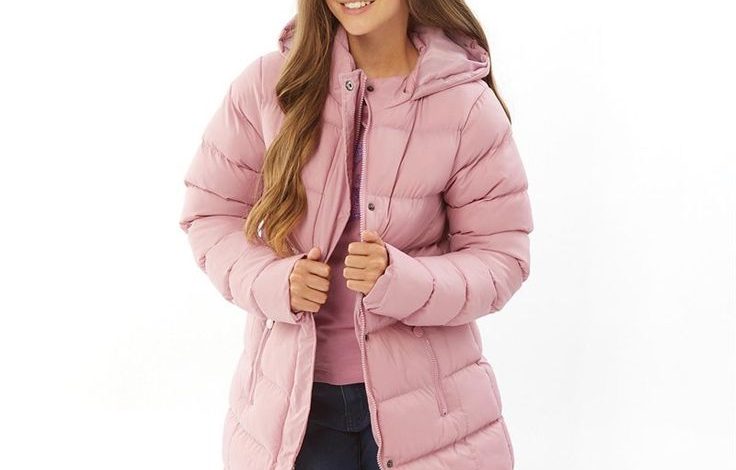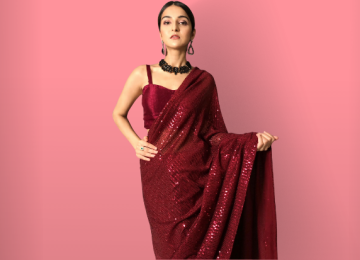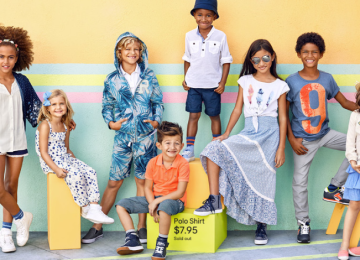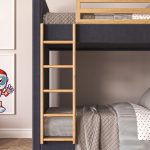The four seasons bring their share of climatic variations… and rain! That’s why it’s a good idea to have a good waterproof coat and rain gear dedicated to repelling water, especially in the spring and fall when rainfall is high. Follow these tips to choose them well. treatment to repel rain. However, this coating does not last forever, so you must take good care of the baby girl’s dresses
The criteria to consider when choosing rainwear
The number one goal to keep in mind on rainy days. Be well and stay dry no matter what. To achieve this, equip yourself with rainwear whose advanced technologies guarantee a real degree of waterproofing and comfort.
superbahis
1. Your needs
A windbreaker is not necessarily a raincoat, any more than a so-called “winter” or “spring” coat.
For the rain to bead on your waterproof jacket rather than soaking in, it must be made of a material that is naturally water-resistant and/or provided with a durable water-repellent treatment (also known as the acronym DWR). These different materials and technologies available on the market repel water to varying degrees, so it is important that you know your needs before buying a waterproof jacket. Are you going to stay in the rain for a long time? Are you going to practice a sport in the rain? Do you need to stay 100% dry?
As for the cut, it must also respect your needs. You might want your raincoat to be long to cover your thighs because you’re a light hiker, or shorter so it can move with you while you run, for example. Ponchos are also interesting because they offer great freedom of movement, but do not fully protect against rain, especially if it is very windy.
Rubber and vinyl
Or perhaps you want to summer dress for girls equip yourself with a waterproof shell, but between rigid (hardshell) and flexible (softshell), which one to choose?
On the one hand, the hard shells offer full protection against the elements and rain precipitation, and they are fully waterproof.
As for softshells, they offer some resistance to water, without being 100% waterproof, but they are less suitable on days of heavy rain or wet snow.
If you plan to practice kayaking in the rain, a fully waterproof shell will be appropriate, while if you are looking for an everyday coat that will allow you to go out shopping in light rain, a soft shell, and an umbrella may be suitable. You might also need good rain boots and waterproof pants.
Materials to search for in rainwear and waterproof coat
First, you must make the difference between impermeability and water resistance.
The impermeability makes it possible to ensure a seal and to resist heavy rain or a quantity of water; water drops do not penetrate the mantle. The water resistance can withstand water for a while in light rain, but not for hours in the pouring rain, otherwise, you will quickly find yourself damp or wet.
Rubber and vinyl. Coats made from these materials are 100% waterproof but offer no breathability. It is better to reserve them for very low-intensity activities than for sports activities and they are suitable in heavy rain.
Nylon. This material has a low absorption power which allows it to dry quickly. Once coated with a durable water repellent treatment, it offers great breathability and water resistance, but it is short-lived.
Gore-Tex™. Several brands, including Mammut and Marmot, use it in the composition of their coats. This microporous polytetrafluoroethylene fiber is derived from Teflon. It offers excellent waterproofing and breathability.
Conclusion
eVENT®. This three-layer membrane not only protects against wind and water, but it is waterproof and repels moisture to the outside. CTO gaiters are made of it.
MemBrain™. This laminated membrane from Marmot is waterproof, breathable, and water-repellent, and it works even in the most difficult weather conditions. Its hydrophilic nature even reduces internal condensation.
Omni-Tech®. This inner lining developed by Columbia is both waterproof and breathable, but it is better suited to light rain.
OutDry™ Extreme. This impenetrable outer waterproof membrane is also designed by Columbia. It allows moisture to escape to keep limbs dry.


